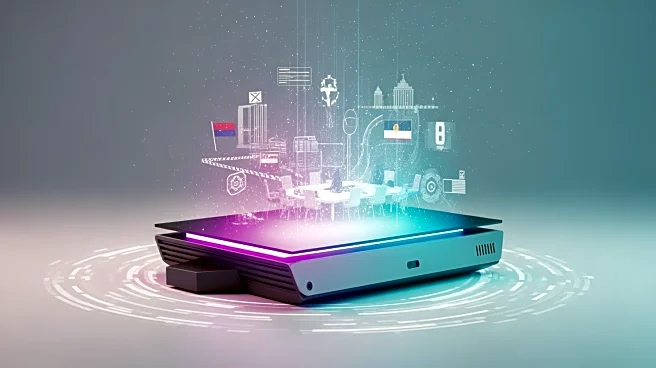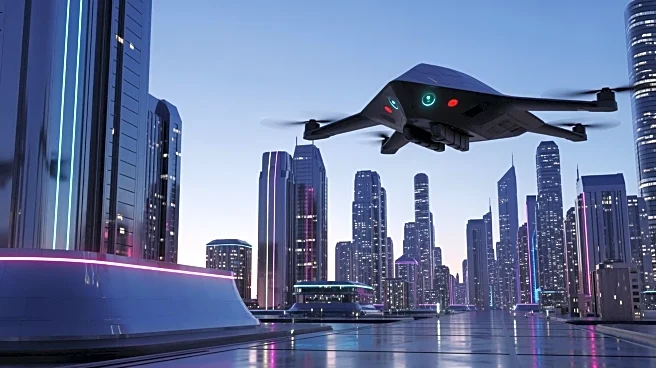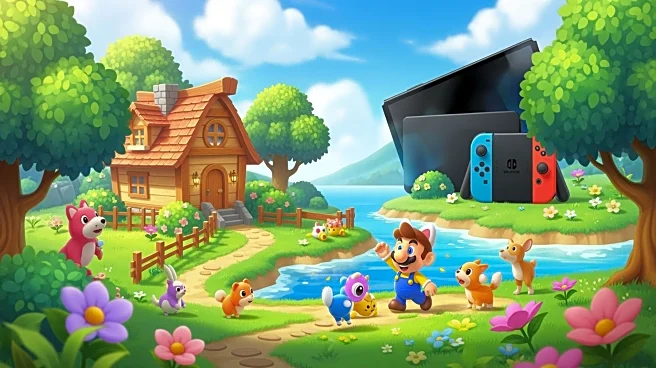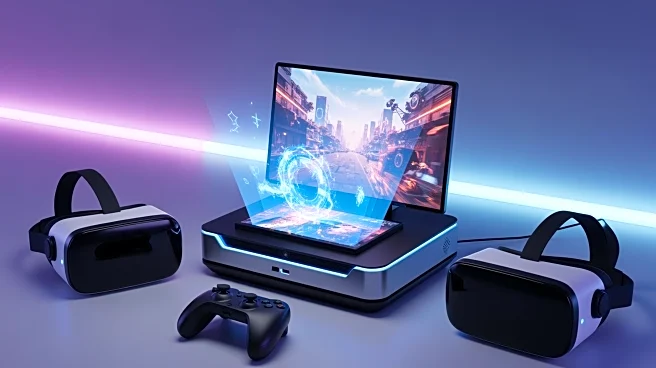What's Happening?
Nintendo has launched an updated version of 'Kirby and the Forgotten Land' for the Nintendo Switch 2, titled 'Kirby and the Forgotten Land: Nintendo Switch 2 Edition + Star-Crossed World'. This edition introduces new graphical upgrades and additional
stages, expanding on the original game released in 2022. The new content, known as Star-Crossed World, includes a storyline where Kirby must collect 'Starries' to reverse the effects of a mysterious meteor. The game is set to release on August 28, 2025, with a staggered release time across different regions in the United States.
Why It's Important?
The release of this updated edition signifies Nintendo's strategy to enhance existing games with new content and improved graphics for their latest console, the Nintendo Switch 2. This approach not only revitalizes interest in older titles but also leverages the capabilities of the new hardware to provide a fresh experience for players. The addition of new stages and storylines can attract both new players and those who enjoyed the original game, potentially boosting sales and engagement. However, the pricing strategy, which includes a $20 upgrade fee for existing owners, may raise concerns about value and accessibility among consumers.
What's Next?
As the game launches, player feedback will be crucial in determining the success of Nintendo's strategy to re-release enhanced versions of existing games. The reception of the Star-Crossed World content will likely influence future decisions on similar updates for other titles. Additionally, Nintendo's pricing model and the perceived value of the new content will be closely scrutinized by both consumers and industry analysts. The company's ability to balance innovation with consumer expectations will be key to maintaining its market position.
Beyond the Headlines
The release of 'Kirby and the Forgotten Land: Nintendo Switch 2 Edition' highlights broader industry trends towards remastering and expanding existing games for new hardware. This practice raises questions about the sustainability of such strategies and their impact on the development of entirely new games. Furthermore, the emphasis on graphical upgrades and additional content reflects a shift in consumer expectations for enhanced gaming experiences. As the industry evolves, companies like Nintendo must navigate these changes while addressing concerns about pricing and accessibility.













